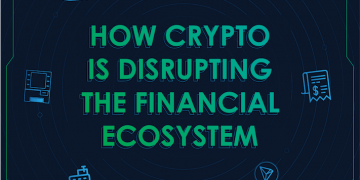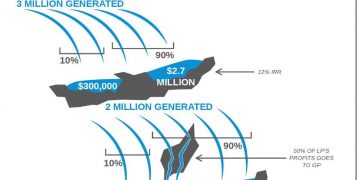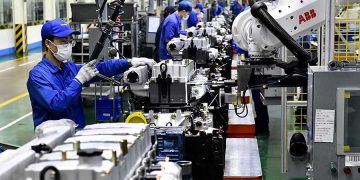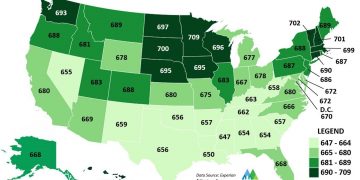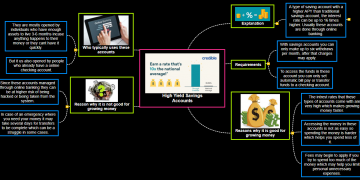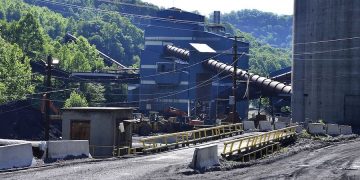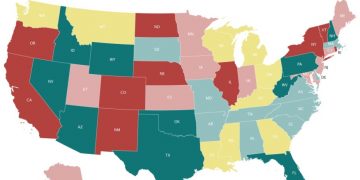John Deere, an organization most broadly known for making farm vehicles, is getting into the man-made brainpower business. In 2017, John Deere Labs purchased Blue River Technology for $305 million, a startup with PC vision and AI innovation that can distinguish each individual plant on a ranch. This implies that herbicide-safe weeds can without much of a stretch be recognized from solid plants. The net outcome? Ranchers can lessen synthetic use by around 95% while further developing yields, as per Blue River.
As ecological, social, and segment factors progressively put the squeeze on customary agrifood creation innovation, financial backers, and business visionaries the same is going to develop.
Having set the stage in Feeding the Future: An Overview of the Agrifood Industry, we will currently carefully describe the situation on the imaginative advances that are changing the food creation business. We detail promising new innovations in the field just as fascinating new businesses give them something to do, for example, vertical cultivating, elective proteins, accuracy cultivating, rural biotechnology, and other intriguing future patterns.
Vertical Farming for Controllable and Sustainable Production
Vertical cultivating is the act of developing harvests in upward stacked layers. This is made conceivable by utilizing developing racks suspended on a divider or a fence and carrying out aquaculture methods to support the plants.
This procedure has extraordinary potential, as it guarantees command over numerous creation factors. It lessens the number of sources of info burned-through as well as takes into account command overcrop microbes and parasitic bugs. This grants fundamentally more limited yield cycles and all year creation, giving the chance of:
Lessening land use for horticulture
Reacting successfully to urbanization patterns, moving the yield inside the town
Lessening the need to truck food many kilometers to advertise
Keeping up with creation paying little heed to the season or the climate
Forestalling the possibility of environmental change-related risks
This, joined with the huge saving as far as water and sources of info, will be a critical driver for accomplishment in confronting expanding food interest and for the achievement of the agri-food business.
In any case, increasing vertical cultivating could cause troubles, predominantly because of the great energy utilization this method requires, which definitely affects its carbon impression. Vertical ranchers will utilize environmentally friendly power to control their tasks, however, the business actually has quite far to go.
Most upward ranches have fizzled as the significant expenses of automated hardware and fake light missed out on the less difficult innovation of soil, nurseries, and the sun. Yet, the idea is currently drawing in a flood in the corporate venture, shown by organizations, for example, Spread or Plenty, a US startup supported by $200 million from financial backers including SoftBank’s Masayoshi Son and Amazon’s Jeff Bezos. As indicated by MarketsandMarkets, this subsect of the agrifood market is developing with a 24.8% CAGR, and it is relied upon to reach $5.8 billion out of 2022.
Tank-farming and aeroponics are the two primary advancements applied in this field. The execution of one of the two includes huge asset investment funds and a decent harmony between water utilization and the fundamental manures/supplements.
Environment control gadgets will be the quickest developing equipment section in this market, assuming a pivotal part in expanding yield. To guarantee an ensured development climate, a few factors that impact the environment should be controlled at a high level.
The upward cultivating market in Asia-Pacific is relied upon to have the biggest offer by 2022 contrasted with different locales.
Vertical Farming Market by Region ($ Million)
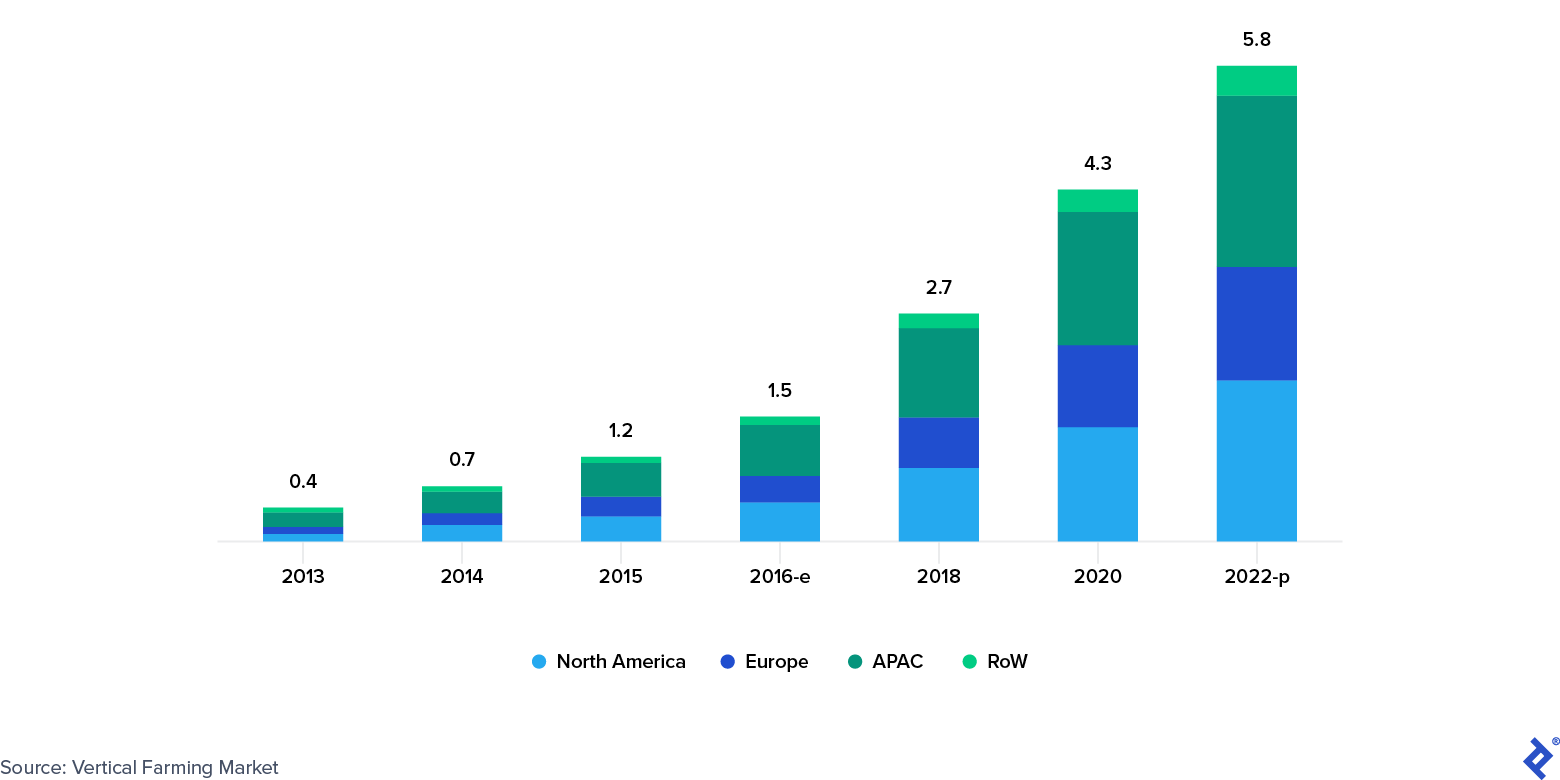
There are various ranches in Japan, Singapore, Taiwan, and other such mechanically progressed nations that are as of now driving the market in the area. Speculations developed altogether from $60 million out of 2015 and 2016 to $414 million out of 2017 and 2018.
CapEx is high for these organizations. On a limited scale, the low-tech vertical cultivating business can need about $280,000 to begin and as much as $15 million briefly age plant. The most inventive plants incorporate information from the executives, plant the board computerization, gather robotization, and post-reaping mechanization. By and large, this sort of plant yields multiple times more produce per unit than conventional ranches. Moreover, advancement ought to decrease working costs: for instance, expanding the effectiveness of LED lights utilized in this procedure.
The fundamental players in this market are AeroFarms, a US-based firm that has been in the business for a considerable length of time and has raised $238 million, and Plenty (US), which has raised $226 million.
For the European climate, Infarm (Germany) is a Berlin-based organization that has effectively raised roughly $122 million, Agricool (France) has raised $36 million and its emphasis is principally on strawberry creation, Agrilution (Germany) has raised $4.6 million, and Sfera Agricola (Italy) has raised $7.5 million and has incomes of $4.23 million.
Expanding Use of Alternative Proteins
Scientists and new businesses are investing their endeavors into elective proteins, as taking care of the developing populace with meat from animals will in all probability turn out to be very troublesome because of the ceaseless development in meat interest.
Accordingly, 46% of complete horticultural items are as of now utilized just to take care of domesticated animals. Answers for increment the effectiveness of customary meat creation have been practically depleted and seeking after them will not defeat worldwide farming and food challenges.
New meat items and market players are in this manner advancing. Rather than upgrading ordinary meat creation, a few organizations are zeroing in on imagining new items to supplant customary meat. Probably the most encouraging regions are creepy-crawly based meat, novel veggie-lover meat substitutions, and refined meat.
Bug-based meat is produced using protein coming fundamentally from crickets and mealworms. This pattern enjoys a few benefits, similar to the predominant transformation of energy and protein contrasted with customary meat. Bug food has more noteworthy potential for taking care of animals rather than people due as its would prefer and textural contrasts versus conventional meat and the antagonistic shopper impression of creepy crawlies as food in by far most of the Western nations.
Worldwide Meat Market Forecast
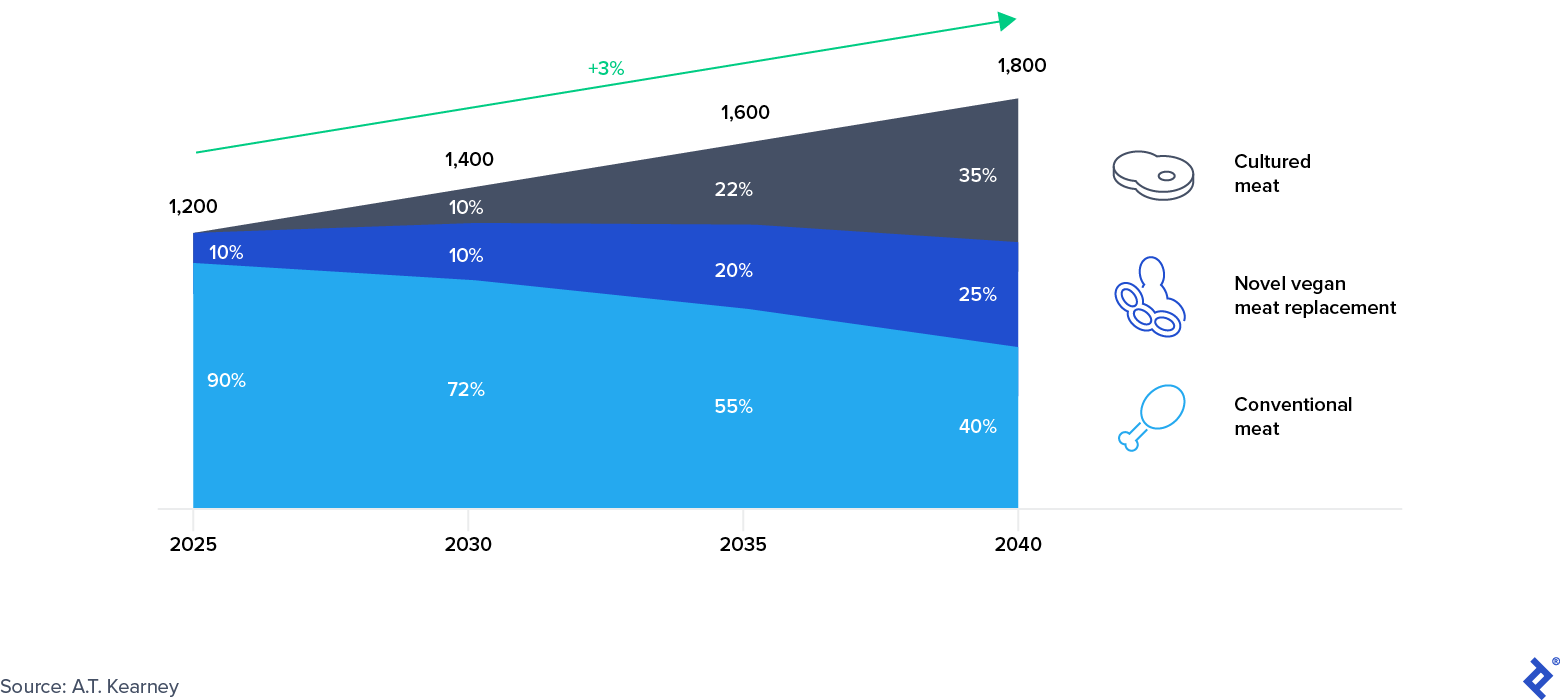
The two most fascinating patterns could be novel vegetarian meat substitution and refined meat. The first doesn’t need creature fixings, and its tangible profile draws much nearer to meat than customary veggie lover/vegan substitution. The primary justification behind this is a complex creative process that utilizes hemoglobin and fasteners removed through maturation from the plants. New companies in this field (e.g., Impossible Foods, JUST, Beyond Meat) gathered more than $900 million in financing up to 2018, and items are now accessible both in stores and eateries.
Refined meat addresses an option in contrast to the meat that is made through dramatic cell development in bioreactors. Meat refined will address the best chance despite the fact that it is in a helpless improvement state because of the tremendous expense related to it.
The interaction starts when a phone is separated from a living creature and filled in a lab to forever set up a culture (called a phone line). The cells can emerge out of the scope of sources: biopsies of living creatures, bits of new meat, or cell banks. Cell lines can be found either on essential cells or on immature microorganisms. When a decent cell line has been chosen, an example is brought into a bioreactor where the cells multiply dramatically and can be gathered. The outcome is meat that is almost indistinct from creature meat. No business items are sold at this point, regardless of whether this strategy can possibly upset the multi-billion worldwide meat industry.
The most possibly troublesome patterns could be a novel veggie lover and refined meat, which will reach—separately—25% and 35% of the worldwide market esteem in 2040 on account of their high business potential propelled by their high likeness to genuine meat. This makes them alluring to funding. Specifically, refined meat will win over the long haul, yet original vegetarian meat substitutions will be fundamental in the change stage.
The most developed novel veggie-lover meat substitution organizations are US-based. Past Meat and Impossible Foods are among the most well-known and have effectively gotten a few countless dollars.
Unimaginable Foods brought $300 million up in series E in 2019, carrying the complete value worth $700 million. Financial backers incorporate such noticeable names as Bill Gates, GV (previously Google Ventures), UBS, and Sailing Capital. Past Meat has as of now opened up to the world.
| Vegan Meat Replacement Companies | ||
| Name | Revenues and Funding | Year Founded |
| Beyond Meat (USA) | $50-100 million estimated revenue, raised $122 million to date | 2009 |
| Impossible Foods (USA) | $50-100 million estimated revenue, raised $688 million to date | 2011 |
| Ojah (Netherlands) | Acquired for > $25 million by Kerry Group in 2018 | 2009 |
| Moving Mountains Foods (UK) | ~$19 million revenue | 2016 |
| The Meatless Farm Co. (UK) | N/A | 2016 |
| Foods for Tomorrow – Heura (Spain) | N/A | 2017 |
These organizations come nearest to commercializing their items. The plant-based food and refreshment options market is relied upon to reach $80.43 billion by 2024, developing at a 13.82% CAGR during the figure time frame from 2019 to 2024.
The biggest refined meat organizations are situated in the US. Memphis Meats, situated in San Francisco, raised $161 million to construct a pilot cell-based meat plant. This speculation round expands the Californian cell-based meat organization’s complete finances more than eightfold. Financial backers incorporate Tyson Food, Richard Branson, and Bill Gates.

